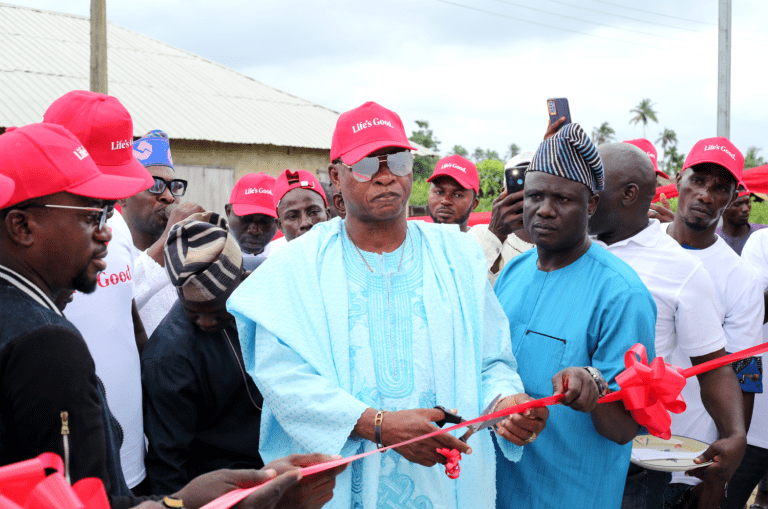Cloud-Native Engineering and Serverless Design

In the past, building software entailed dealing with physical servers. It was slow and was expensive, which impeded product scaleth and novel solutions. Cloud computing impacted the status quo, but just porting code to a virtual machine isn’t enough. The best products today are cloud-native.
They use everything the cloud infrastructure makes available, including its flexible and on-demand infrastructure. This necessitates an innovative approach, where software and its base are considered an integrated unit, constantly evolving and set to scale.
When designing these systems with adaptive capabilities, engineers have to broaden their scope beyond individual servers.
They must plan and design a comprehensive range of services, containers, and functions. That’s what Hameed Abdulrahaman does. He’s a senior software engineer who’s great at cloud-native engineering and serverless design.
He doesn’t just make products in the cloud; he develops products that leverage the cloud as a fundamental component of their architecture. This guarantees his organization’s digital products are strong and responsive.
Much of his job involves using state-of-the-art methods to orchestrate containers. He employs tools like Kubernetes to automatically deploy, grow, and manage applications in containers. But Hameed takes it a step further by incorporating Kubernetes operators. These tools handle the complex, hands-on work of managing applications which store data, rendering his knowledge into code. This allows his teams to manage complex databases or messaging systems with a single command. He also plans for systems to function across different cloud providers. This mitigates the risk of being stuck with one provider and offers a solution to ensure continuous service if one provider suffers an outage.
Hameed is also big on serverless design. This implies transitioning from managing servers and just focusing on writing code. Within a serverless framework, developers write functions that run when needed. The cloud provider administers all the infrastructure and scaling automatically. He uses this method to create very efficient serverless workflows, integrating small, simple functions to handle complex tasks. These tasks range from processing images to verifying users, all without needing to maintain a server. This allows for rapid development and saves substantial costs.
To ensure these systems function optimally, Hameed concentrates on observability. Unlike traditional monitoring that only shows the system’s operational status, observability provides the tools to understand the reasons for its behavior. He develops systems that generate a high volume of logs, metrics, and traces.
This allows his teams to promptly identify and resolve problems in an infrastructure where components are decentralized.
This forward-thinking approach is a game-changer in maintaining products in optimal condition. He’s also great at making decisions concerning building processes while considering budget constraints.
He ensures the systems he creates not only work well but are inexpensive to maintain. For example, by using a serverless model, a company only pays for the compute time it uses. This is a key factor in cutting costs and increasing efficiency as the business grows.
Abdulrahaman’s research shows how modern software engineering is changing. He ensures his company’s products not only work but are also designed for today’s digital world.
His skills in these areas enable him to create products that are strong, cost-effective, and scalable. His leadership makes sure his teams are empowered to create innovative concepts promptly without being slowed down by obsolete technology.







